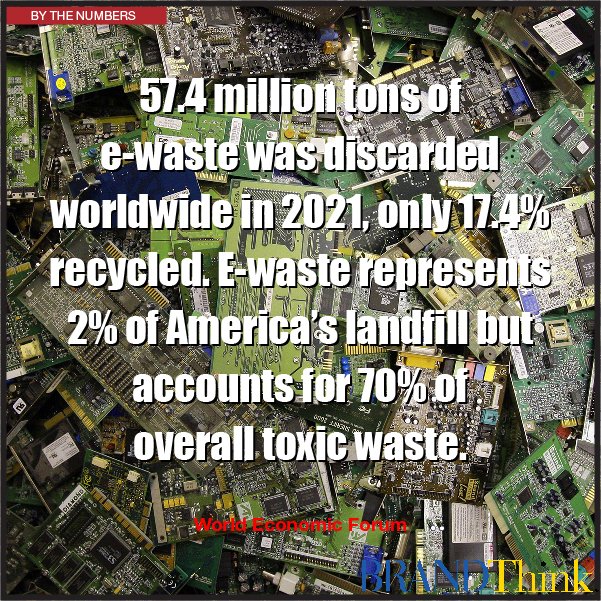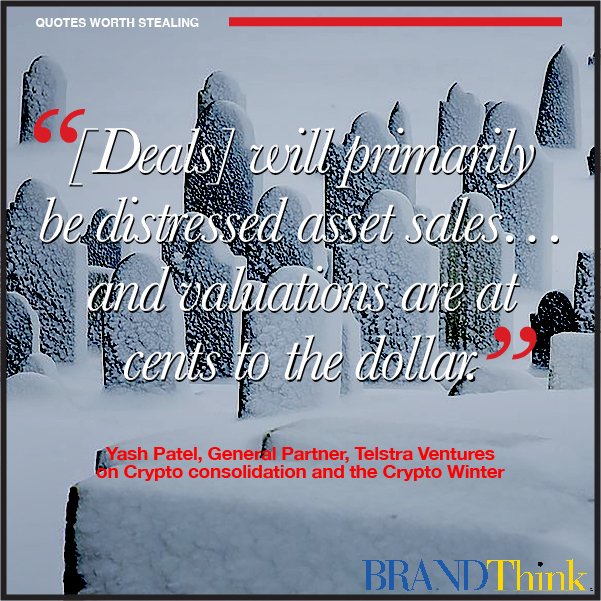Elon just seems to invite controversy.
And as a result, cash flow and hope for profitability are flying out the window.
Fifty brands reportedly spent nearly $2 billion in advertising on the platform since 2020 and more than $750 million in 2022 as of Nov. 21. Seven other brands have significantly slowed advertising to almost nothing, representing another $255 million of ad spend since 2020.
Charging a subscription for a blue checkmark isn’t going to fix all that.
General Motors, Chevrolet, Chipotle Mexican Grill, Inc., Ford, Jeep, Kyndryl, Merck & Co., and Novartis AG, among others, all halted Twitter ads or were confirmed as doing so. The others stopped advertising on the platform for a "significant period of time following direct outreach, controversies, and warnings from media buyers."
The issue seems to be a lack of controls, arguments over free speech, and a reported rise in hate speech since controversial accounts were reinstated. Ad placement against disparaging or controversial content is also an issue.
Content moderation and other control that give advertisers confidence have been fundamentally eliminated. No surprise there, given the layoff of 3700 of its 7500 employees and another reported 1200 resignations. Entire departments have been wiped out.
Let’s welcome Chris Riedy, a 10-year vet at Twitter, who has ascended to head of ad sales. The guy’s gotta have the hardest job on the planet.
Best of luck.




















